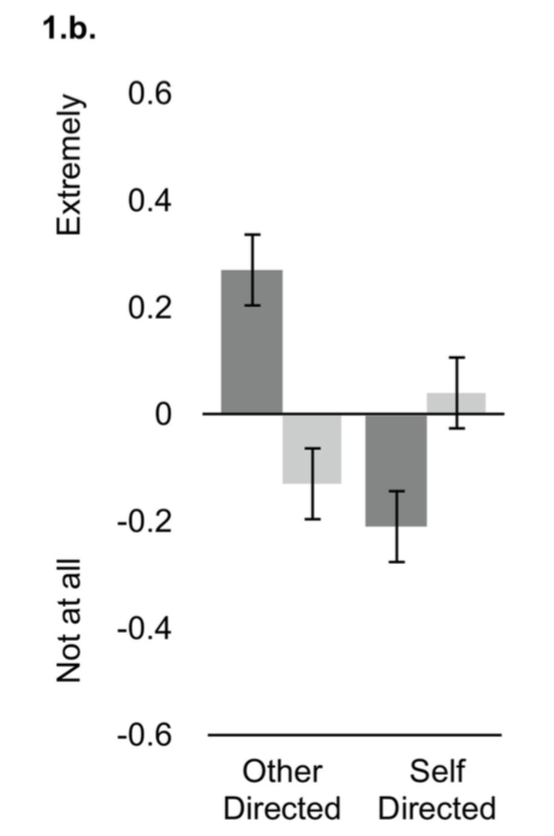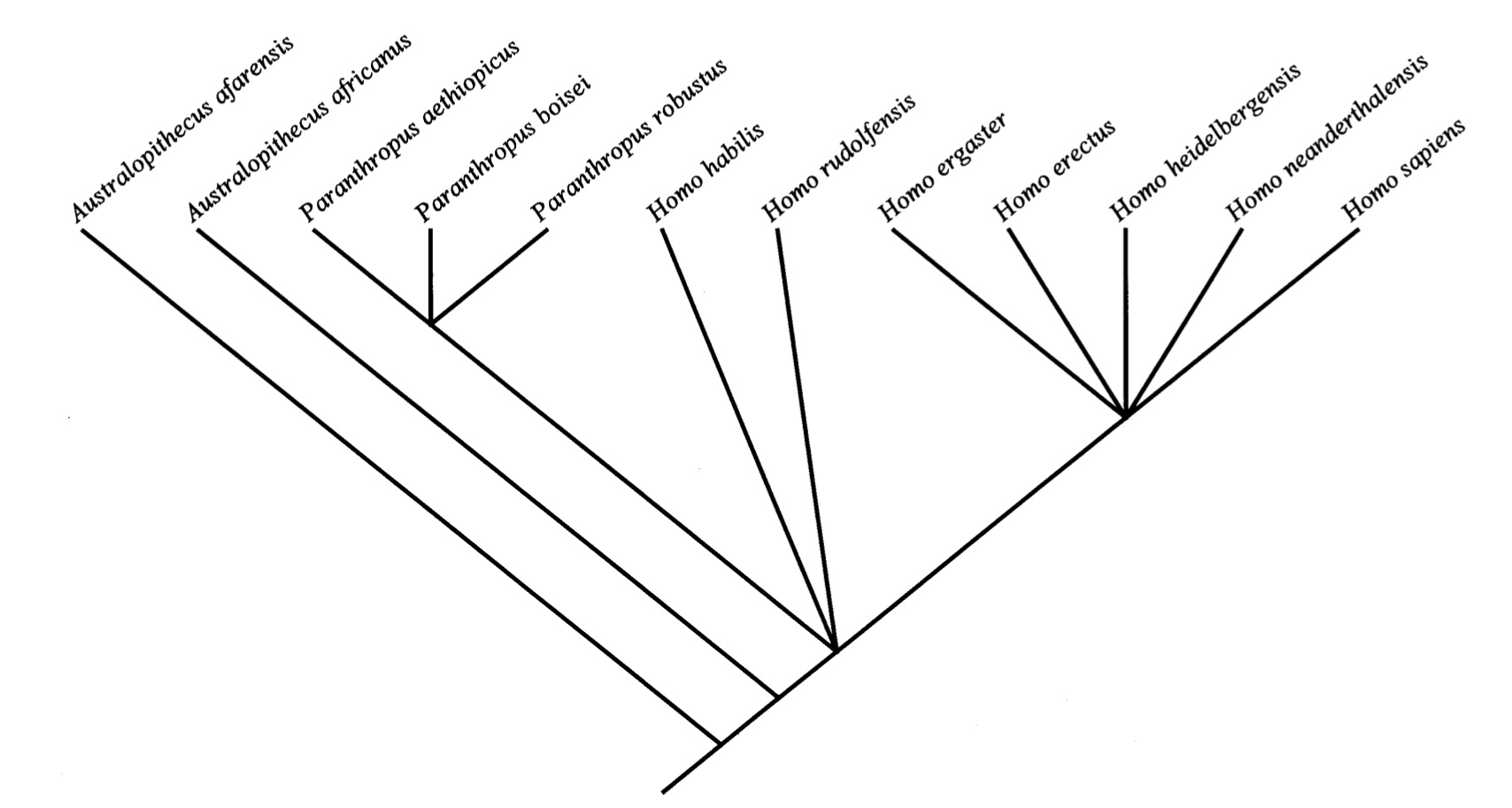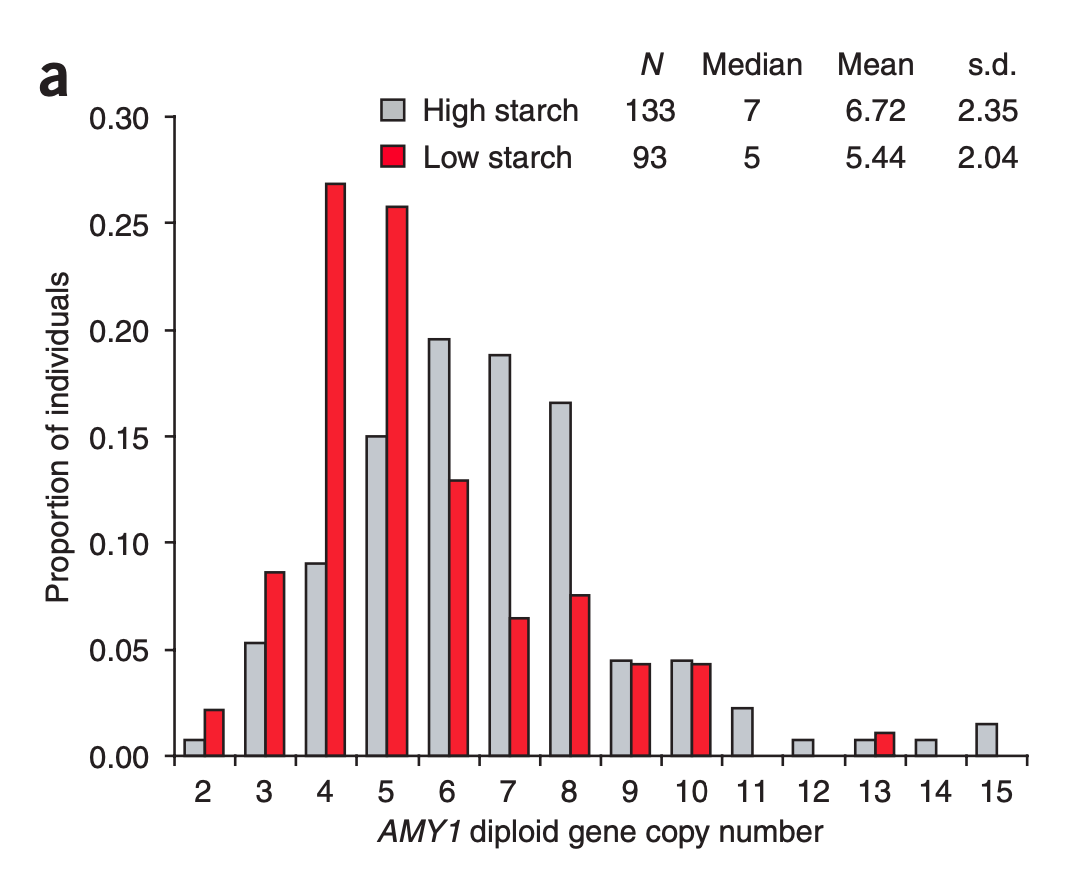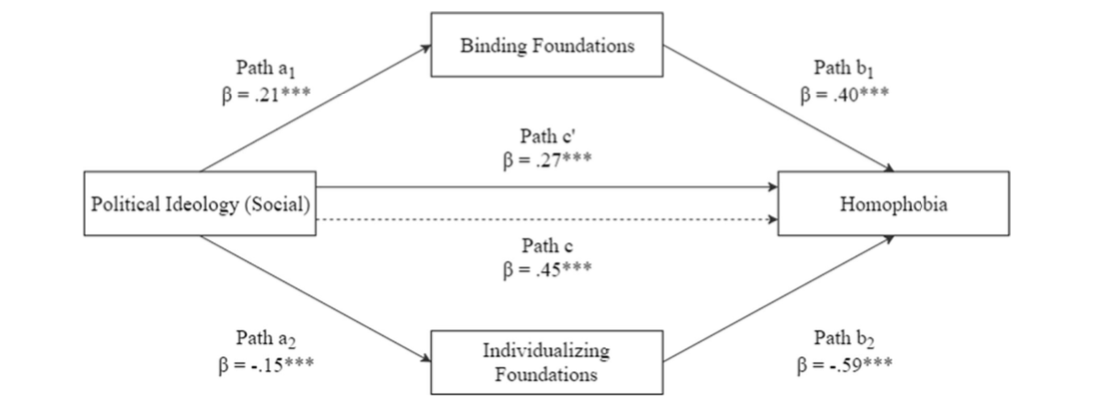Click here and press the right key for the next slide.
(This may not work on mobile or ipad. You can try using chrome or firefox, but even that may fail. Sorry.)
also ...
Press the left key to go backwards (or swipe right)
Press n to toggle whether notes are shown (or add '?notes' to the url before the #)
Press m or double tap to slide thumbnails (menu)
Press ? at any time to show the keyboard shortcuts
Moral Pluralism: Beyond Harm

Moral Pluralism: Beyond Harm
[email protected]
Do cultural differences in moral psychology explain political conflict on climate change?
Plan:
Work through Feinberg & Willer, 2013 ‘The Moral Roots of Environmental Attitudes’
2
‘Moral-foundations researchers have investigated the similarities and differences in morality among individuals across cultures (Haidt & Joseph, 2004). These researchers have found evidence for five fundamental domains of human morality’
(Feinberg & Willer, 2013, p. 2)
Why accept [descriptive, not normative] pluralism?
first consideration
| other | self | |
| harm | Imagine that Roderick intentionally punched someone in the ribs. | Imagine that Roderick intentionally punched himself in the ribs. |
| purity | Imagine that Roderick intentionally poured a cup of urine on someone's lap. | Imagine that Roderick intentionally poured a cup of urine on his own lap. |
Chakroff et al, 2013 (Supplementary Materials)
four questions
How much does this violate the natural order of things - how unnatural is this?
How disgusted do you feel about this?
How damaging is this?
How angry do you feel about this?

Chakroff et al, 2013 figure 1b (part)
‘Participants judged other-directed acts to be more harmful than impure and also more harmful compared to self-directed acts. By contrast, participants judged self-directed acts to be more impure, and also trended toward judging self-directed acts as more impure compared to other-directed acts‘
(Chakroff et al., 2013, p. 4)
[LATER RESEARCH] People expect those who commit purity violations to harm others, but not conversely (Chakroff, Russell, Piazza, & Young, 2017).
Why accept (descriptive) moral pluralism?
first consideration
second consideration
individual foundations
harm/care, (in)equality, (dis)proportionality
vs
binding foundations
betrayal/loyalty, subversion/authority, and impurity/purity
Graham et al. (2011), Atari et al. (2023)
care
I believe that compassion for those who are suffering is one of the most crucial virtues.
We should all care for people who are in emotional pain.
Everyone should try to comfort people who are going through something hard.
purity
People should try to use natural medicines rather than chemically identical human-made ones.
I think the human body should be treated like a temple, housing something sacred within.
I believe chastity is an important virtue.
(Atari et al., 2023)
purity matters: pathogens
background: hominin habitats


‘the colonization of the world’s continents by the end of the Pleistocene represents one of the clearest idiosyncracies of our species’
(Roberts & Stewart, 2018, p. 542)
different places—different dietary challenges

Perry et al. (2007, p. figure 2a)
not just enzymes, also morals ...

van Leeuwen et al, 2012 figure 1
‘historical pathogen prevalence
---even when controlling for individual-level variation in political orientation, gender, education, and age---
significantly predicted endorsement of Ingroup/loyalty [stats removed], Authority/respect, and Purity/sanctity;
it did not predict endorsement of Harm/care or Fairness/reciprocity’
van Leeuwen et al, 2012
Why accept (descriptive) moral pluralism?
second consideration
third consideration
‘Purity/degradation judgments predict important thoughts and behaviors over and above Care/harm judgments.
For instance, purity concerns uniquely predict (beyond other foundations and demographics such as political ideology) culture-war attitudes about gay marriage, euthanasia, abortion, and pornography (Koleva et al., 2012).
Purity also predicts opposition to stem cell research(Clifford & Jerit, 2013), environmental attitudes (Rottman, Kelemen, & Young, 2015), lawsuits (Buccafusco & Fagundes, 2015), and social distancing in real-world social networks (Dehghani et al., 2016)’
(Graham et al., 2019).

Background: People who identify as more socially conservative tend to exhibit stronger homophobia (Barnett, Öz, & Marsden, 2018).
Why?
religion?
cultural differences in morality?

Barnett et al. (2018, p. figure 2)
‘political ideology had an indirect effect on homophobia most consistently [...] through the binding foundations’ (Barnett et al., 2018, p. 1192).
Why accept (descriptive) moral pluralism?
third consideration
conclusion
Why accept (descriptive) moral pluralism?
it matches patterns in ethical judgements (Chakroff et al., 2013)
specific kinds of moral concern (e.g. purity) appear to have had different roles in evolution (van Leeuwen et al., 2012)
it is needed to explain how cultural differences in moral psychology underpin attitudes to homosexuality (Barnett et al., 2018; Lai et al., 2014; Koleva et al., 2012).